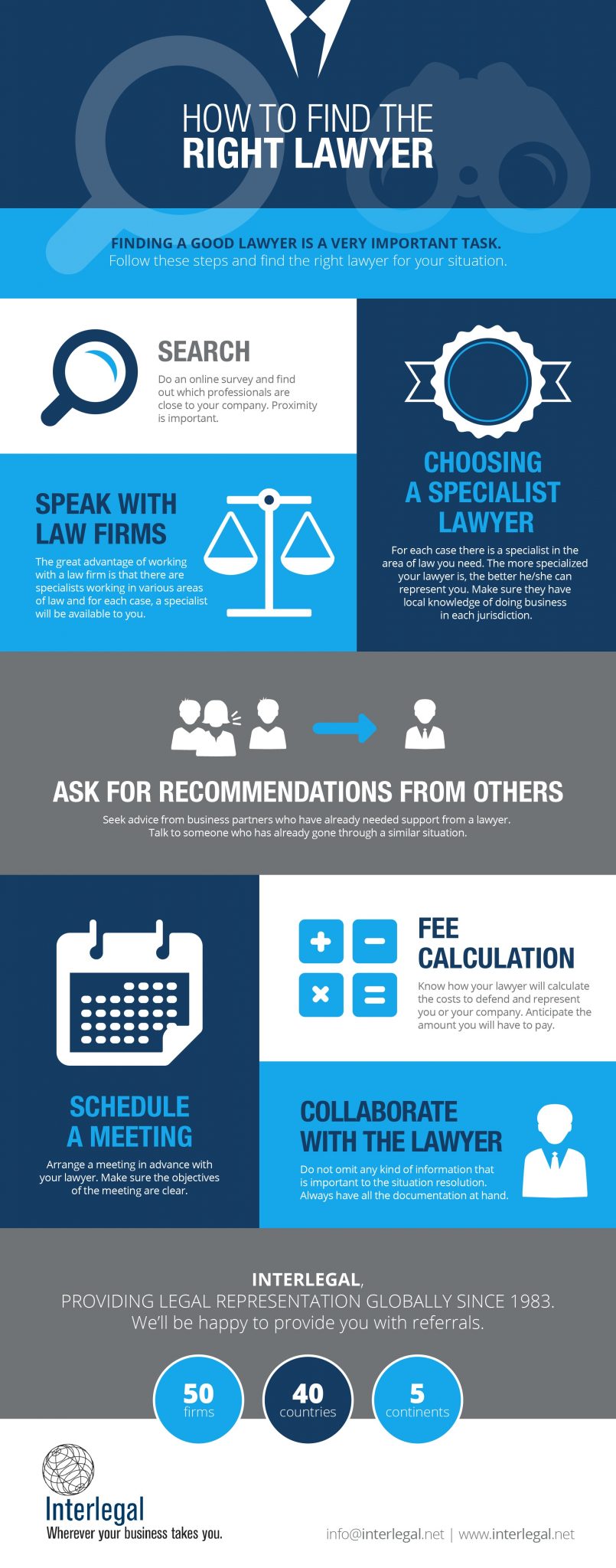The Criminal Test Refine Explained: A Sequential Overview Of Each Action
The Criminal Test Refine Explained: A Sequential Overview Of Each Action
Blog Article
Article Composed By-Ellis Carter
When you step into a criminal trial, you may be shocked by the organized procedure that unravels. All of it starts with jury option, where possible jurors are scrutinized for biases with a technique called "voir dire." After that, both sides offer their opening declarations, establishing the stage for the evidence and testimonies to follow. You'll see just how the prosecution and protection develop their situations, but what occurs next can dramatically influence the outcome. Understanding these phases can reveal the complexities of justice, yet there's more to reveal regarding the critical moments that adhere to.
Court Option Process
When it pertains to the jury selection procedure, you're diving into an essential phase of a criminal trial. This procedure, usually called "voir dire," entails doubting possible jurors to ensure they're objective and with the ability of supplying a fair judgment.
You'll see both the prosecution and defense attorneys getting involved proactively, each intending to pick jurors who align with their instance's story.
During voir dire, you'll observe that lawyers ask questions regarding jurors' histories, beliefs, and experiences. Their objective is to recognize any kind of pre-existing biases that can affect a juror's choice. As a juror, you might feel a mix of uneasiness and inquisitiveness, but your sincerity is necessary.
After examining, lawyers can challenge details jurors for reason if they believe a juror can't remain impartial. They can also use a minimal number of peremptory difficulties to disregard jurors without mentioning a reason.
Test Phases Explained
The stages of a criminal test play an essential function in making sure a reasonable and structured procedure.
You'll initially encounter the opening declarations, where both the prosecution and defense describe their instances. This sets the stage for what's to come.
Next off, the prosecution provides its evidence and witnesses, aiming to verify the accused's sense of guilt past a sensible question. Minnesota drug crimes attorney 'll see direct assessment complied with by interrogation, permitting both sides to challenge the presented info.
After aggravated assault attorney rests its instance, it's the defense's turn. They'll provide their evidence and witnesses, frequently concentrating on producing sensible uncertainty. You'll discover that the defense does not have to show innocence; they just need to test the prosecution's instance.
Once both sides have actually presented their debates, you'll hear closing declarations, where each event summarizes their situation. This is crucial as it enhances their settings prior to the jury ponders.
Throughout these stages, the court makes sure that the trial adheres to lawful criteria which the civil liberties of both parties are secured.
Comprehending these stages will certainly aid you value the intricacies involved in a criminal trial and the significance of each action in the quest of justice.
Decision and Punishing
Nevertheless proof has been presented and debates made, the jury or court delivers a judgment, determining the defendant's regret or virtue. If you become part of the jury, you'll ponder with your fellow jurors, going over the proof and your perceptions. This procedure can require time, as you'll want to make certain every person settles on the decision based upon the truths.
Once a verdict is reached, it's revealed in court. If the offender is found guilty, the following stage is sentencing. This is when the court chooses the suitable penalty. You may observe that numerous factors affect the sentence, such as the seriousness of the crime, the accused's past document, and any mitigating conditions.
The court may enforce a series of sentences, from penalties and community service to imprisonment. In some cases, the defense or prosecution can offer arguments concerning sentencing, trying to persuade the court's decision.
If the offender is found not guilty, they're acquitted, and no punishment follows. Keep in mind that a guilty decision can frequently result in allures, where the offender might test the judgment or the sentence enforced.
Final thought
In a criminal test, you have actually seen just how important each action is, from jury option to the last judgment. You have actually complied with the prosecution and defense as they build their cases, aiming to convince the court. When consideration wraps up, the judgment figures out the result, and if the offender is condemned, the sentencing stage starts. Understanding these processes aids you value the complexities of the justice system and the importance of each role in making sure a fair test.
